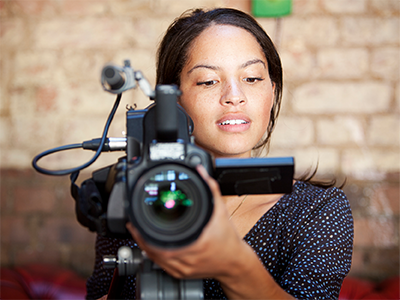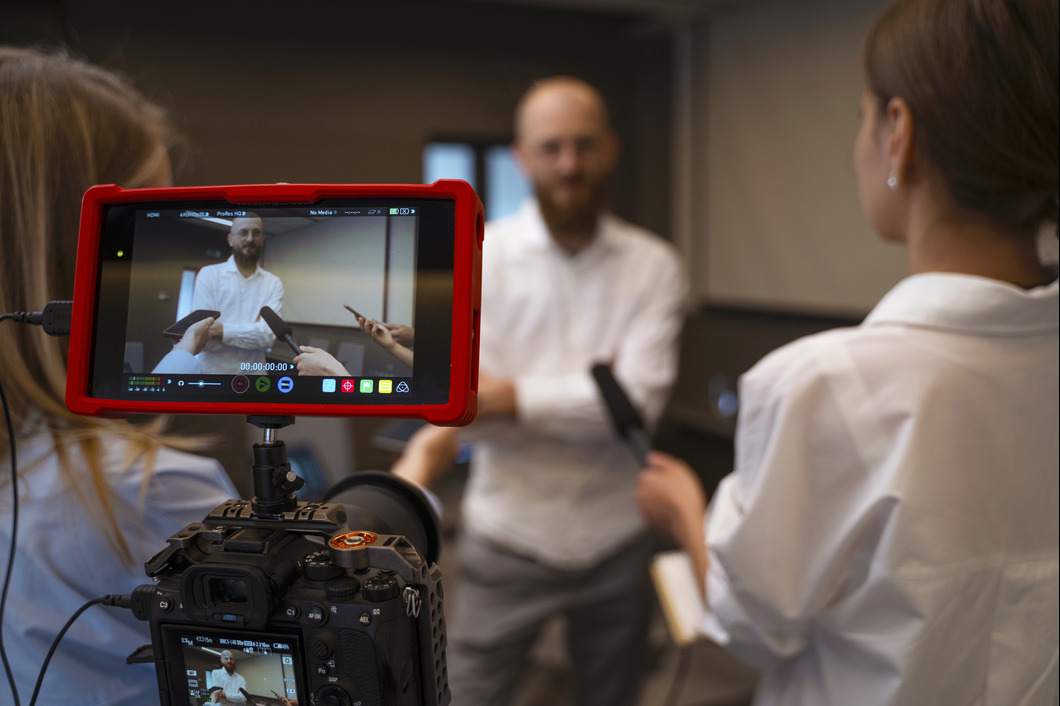Legal Videography: Best Practices for Clear and Convincing Evidence
Legal Videography: Best Practices for Clear and Convincing Evidence
Blog Article
Enhancing Lawful Practices: Exactly How Legal Videography Offers a Critical Purpose
In the world of lawful procedures, the usage of innovation has come to be significantly widespread, with lawful videography emerging as a pivotal device in improving the method of law. From witness testimonies to instance discussions, the impact of lawful videography expands past mere documentation, supplying a vibrant perspective that can significantly affect the result of legal process. LEGAL VIDEOGRAPHY.
Value of Visual Documentation
Aesthetic paperwork plays a pivotal duty in the legal area, offering indisputable proof that can substantially impact instance results. Via making use of video clips, photos, and other visual aids, lawyers can present engaging evidence in court rooms, mediation procedures, and settlement arrangements. These visual devices help to make clear complex information, recreate events with accuracy, and stimulate powerful feelings that words alone might not convey.
In civil instances, such as injury insurance claims or agreement conflicts, aesthetic documentation can supply essential understandings right into the sequence of events leading up to the disagreement. For instance, in a slip-and-fall case, a video revealing the unsafe condition of a facility can be instrumental in showing responsibility. In criminal situations, aesthetic proof like security footage or forensic restorations can play a definitive duty in developing guilt or innocence.
Furthermore, aesthetic documents can additionally assist in preserving the testimony of professionals or witnesses whose schedule might be restricted at later stages of the lawful process. By recording their declarations on video clip or in pictures, lawyers can ensure that crucial information is preserved for future referral.
Enhancing Witness Testimonies
Witness statements, important parts in lawful proceedings, are additional strengthened with the incorporation of aesthetic documentation, therefore enhancing the trustworthiness and influence of their accounts. By using lawful videography to record witness testaments, attorneys can record not only what is being claimed however additionally exactly how it is being claimed-- including tone of voice, face expressions, and body language.
Furthermore, improving witness testimonies through lawful videography can help decrease misunderstandings or false impressions that may develop from written transcripts alone. By offering a visual record of the testament, legal experts can give a more accurate and detailed depiction of the witness's story, ultimately boosting the total effectiveness of the legal procedures.

Improving Instance Presentation
To boost the overall effect and persuasiveness of legal disagreements, making use of legal videography in situation discussion has come to be increasingly critical for legal experts. By including visual evidence, such as recordings of criminal activity scenes, witness testaments, or expert point of views, lawyers can develop an engaging narrative that reverberates with jurors and courts. This visual aid not just assists in clearing up intricate legal ideas yet also brings a feeling of realism and authenticity to the instance.
In addition, legal videography enables for the discussion of non-verbal hints blog here that may not be effectively shared via written or verbal methods alone. Body language, faces, and tone of voice captured on video clip can substantially affect the perception of the instance's integrity and psychological influence on the target market.
Additionally, the ability to replay and assess video evidence during deliberations enables an extensive examination of the facts, leading to moved here a more informed decision-making procedure. Eventually, by leveraging lawful videography to boost situation discussion, lawyers can boost their advocacy and strengthen the overall performance of their debates in court.
Ensuring Legal Precision
Lawful precision is a fundamental column in the practice of legal videography, making certain that the recorded proof straightens with the demands of the regulation and can be trusted in lawful process. Keeping lawful accuracy involves thorough attention to information throughout the recording process to record vital aspects of a scene or testament properly. This includes ensuring that all aesthetic and acoustic aspects are faithfully represented without any type of manipulation or distortion that can jeopardize the integrity of the proof.

Using Technology in Court Rooms
The combination of advanced modern technology into court room process has revolutionized the method proof is provided and assessed. Using innovation in court rooms has substantially enhanced the effectiveness and performance of legal procedures. One vital technical advancement is making use of electronic evidence presentation systems, permitting smooth display and organization of proof throughout trials. These systems enable attorneys to existing proof such as videos, pictures, and papers extra dynamically, enhancing juror comprehension and interaction.
Furthermore, the integration of real-time transcription services utilizing speech-to-text technology has enhanced accuracy in capturing court room process. This not only advantages attorneys and judges by offering instant accessibility to transcripts but likewise helps individuals with hearing problems in complying with the process efficiently.
Furthermore, video conferencing innovation has facilitated remote court looks, minimizing the requirement for physical visibility in court for particular hearings - LEGAL VIDEOGRAPHY. This has not just enhanced convenience for all events why not check here involved however has additionally verified vital throughout unpredicted conditions such as the recent global pandemic. In verdict, the calculated usage of innovation in courtrooms proceeds to streamline lawful procedures, eventually leading to an extra efficient and obtainable justice system
Conclusion
In verdict, legal videography plays an essential duty in improving legal techniques by offering aesthetic paperwork, boosting witness testimonies, boosting case presentation, ensuring lawful accuracy, and using technology in courts. Its relevance can not be downplayed in the lawful area, as it assists to reinforce cases, boost openness, and ultimately serve justice better. Integrating legal videography into legal procedures need to be considered a common practice for its various advantages.
In the world of lawful proceedings, the usage of innovation has actually come to be increasingly common, with legal videography arising as a crucial tool in improving the method of regulation. From witness testimonies to case discussions, the influence of legal videography prolongs past plain documentation, providing a vibrant perspective that can considerably influence the result of lawful procedures.To improve the general effect and persuasiveness of lawful disagreements, making use of lawful videography in instance discussion has actually ended up being progressively critical for lawful specialists.Lawful precision is a basic column in the technique of lawful videography, making sure that the taped evidence aligns with the requirements of the law and can be relied upon in lawful process.In final thought, legal videography plays a critical duty in improving legal practices by offering visual documentation, enhancing witness statements, enhancing case discussion, making sure legal accuracy, and making use of modern technology in courts.
Report this page